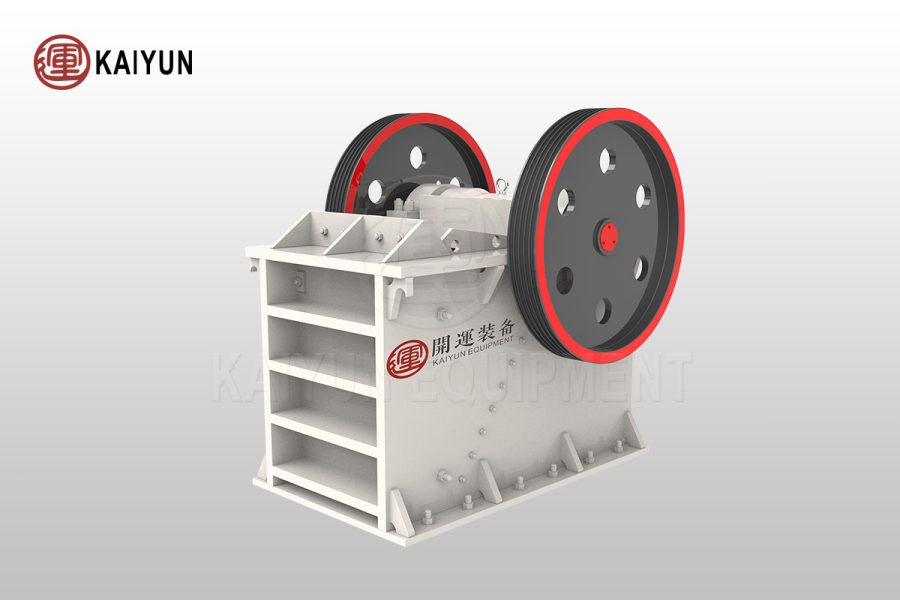Introduction
The toggle plate of a jaw crusher serves not only to transmit power and drive the movable jaw to swing back and forth, but also as a safety device and a means for discharge opening adjustment.
By changing the length of the toggle plate, the discharge opening size can be adjusted. When uncrushable material enters the crushing chamber, the toggle plate acts as a safety component to protect the main parts of the crusher.

Safety Mechanism
During operation, if uncrushable material (such as steel balls or iron blocks) enters the crushing chamber, the jaw crusher generally uses the rear toggle plate as the overload protection device to prevent damage to major components.
Structure
The rear toggle plate is usually made as a one-piece casting (often cast iron), with a groove or drilled holes in the middle to reduce its cross-sectional strength. It can also be made in two pieces and joined together with bolts or rivets to form a composite toggle plate.
Working Process
When uncrushable material enters the crushing chamber, the machine becomes overloaded and the crushing force transmitted to the toggle plate increases sharply. This causes the toggle plate to break, or the bolts in the composite toggle plate to shear off, thereby cutting off the power transmission. The crusher stops operating, achieving overload protection.
Discharge Opening Adjustment
As the jaw plates wear, the discharge opening gradually becomes larger, resulting in coarser product size. To ensure the required product size, the discharge opening should be adjusted periodically. The common methods include:
Shim Adjustment
A set of shims is placed between the rear toggle seat and the back wall of the frame. By increasing or reducing the number of shims or changing their thickness, the discharge opening can be adjusted.
This method is compact and reliable, and is widely used in medium and large jaw crushers.
Wedge Adjustment
A pair of wedges is installed between the rear toggle seat and the crusher frame. Moving the wedges changes the discharge opening width.
This method is simple and easy to operate, and is suitable for small jaw crushers.